The RTX 3000 series cards are here, with NVIDIA boasting significant performance gains over the previous generation. With the RTX 3080 now launched, we can find out how large those gains are in GPU based renderers like OTOY’s OctaneRender.
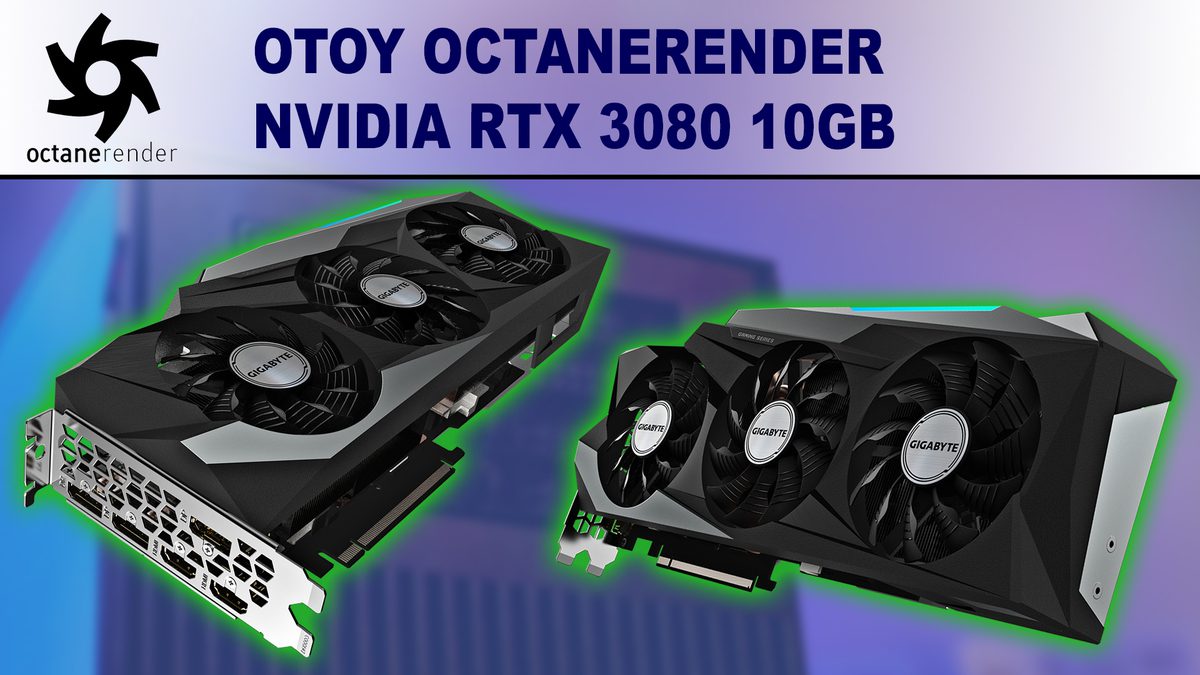

The RTX 3000 series cards are here, with NVIDIA boasting significant performance gains over the previous generation. With the RTX 3080 now launched, we can find out how large those gains are in GPU based renderers like OTOY’s OctaneRender.
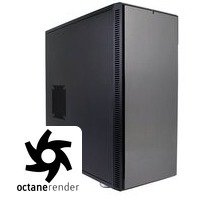
In a new series of short articles we will be looking at the best computer system specs for a variety of popular applications, starting with OctaneRender by OTOY.
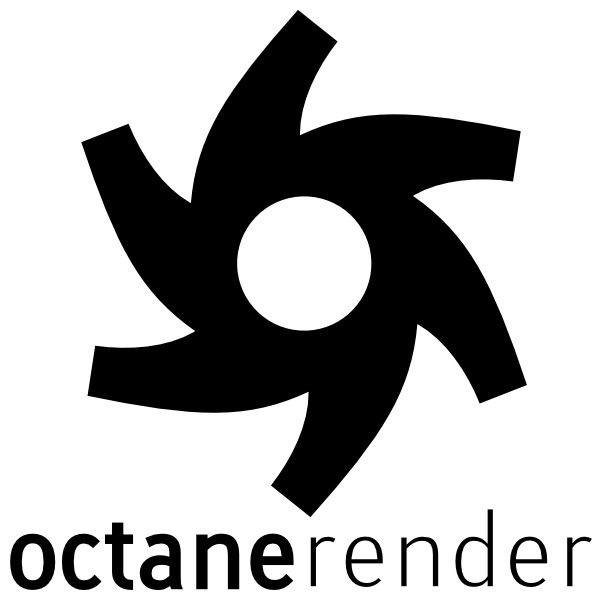
OctaneRender is a GPU-based rendering engine, utilizing the CUDA programming language on NVIDIA-based graphics cards. With the launch of NVIDIA’s new GeForce RTX “SUPER” series of video cards, we are taking a look at how the whole RTX lineup performs on both the current OctaneRender 4 and the upcoming 2019 release which adds support for RTX technology and greatly increased rendering speeds.
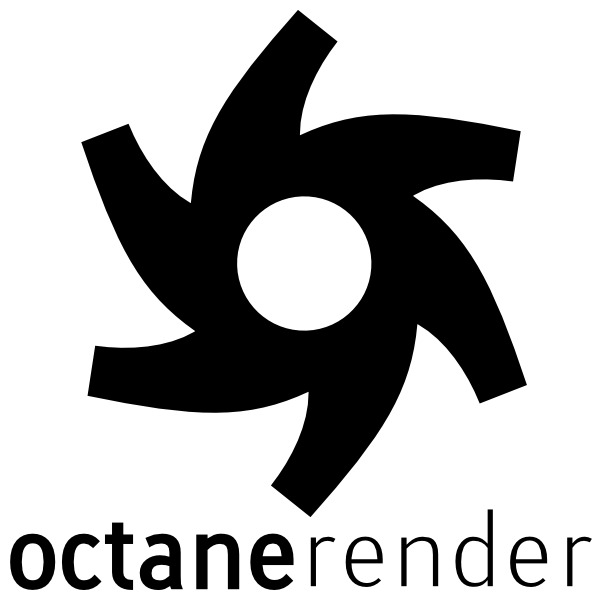
OctaneRender is a GPU-based rendering engine, utilizing the CUDA programming language on NVIDIA-based graphics cards. The upcoming 2019 version is adding support for the dedicated ray-tracing hardware in NVIDIA’s RTX series of video cards, and a preview of the OctaneBench tool was released recently to show a sneak peek at what we can expect from this technology. We rounded up the whole GeForce RTX card line – along with the Titan RTX – to see how they compare to each other and how much of a boost RTX tech can provide.
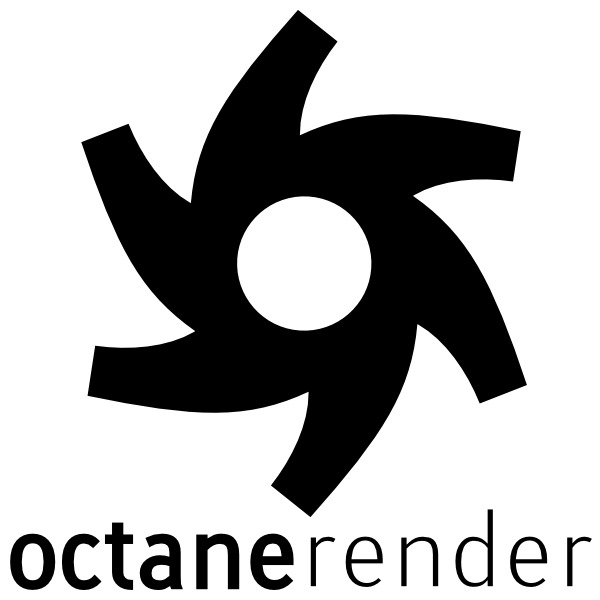
OctaneRender is a GPU-based rendering engine, utilizing the CUDA programming language on NVIDIA-based graphics cards. The upcoming 2019 version is adding support for the dedicated ray-tracing hardware in NVIDIA’s RTX series of video cards, and a preview of the OctaneBench tool was released recently to show a sneak peek at what we can expect from this technology. We rounded up the whole Quadro RTX card line – along with the Titan RTX – to see how they compare to each other and how much of a boost RTX tech can provide.
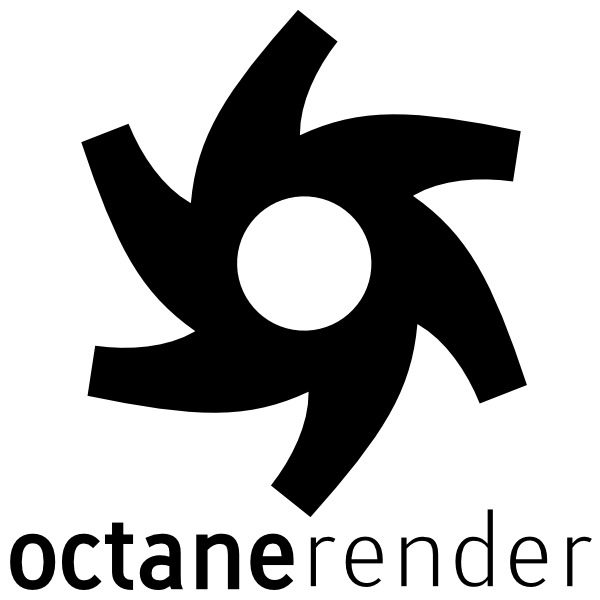
OctaneRender is a GPU-based rendering engine, utilizing the CUDA programming language on NVIDIA-based graphics cards. An update to their benchmark, OctaneBench 4.00, was recently released – so we gathered most of the current and recent GeForce and Titan series video cards and tested them to see how they perform in this version of OctaneRender.

GPU based renderers like OctaneRender and Redshift make use of the video cards in a computer to process ray tracing and other calculations in order to create photo-realistic images and videos. The performance of an individual video card, or GPU, is known to impact rendering speed – as is the number of video cards installed in a single computer. But what about the connection between each video card and the rest of the system? This interconnect is called PCI Express and comes in a variety of speeds. In this article, we will look at how benchmarks for these programs perform across PCI-E 3.0 and 2.0 with x1, x4, x8, and x16 lanes.
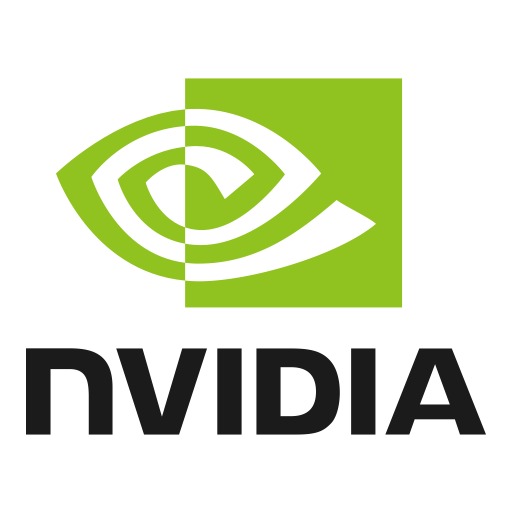
We found previously that stacking multiple RTX 2080 video cards next to each other for multi-GPU rendering led to overheating and significant performance throttling, due to the dual-fan cooler NVIDIA has adopted as the standard on this generation of Founders Edition cards. Now that manufacturers like Asus are putting out single-fan, blower-style cards we can repeat our testing to see if the throttling issues are resolved and find out how well these video cards scale when using 1, 2, 3, or even 4 of them for GPU-based rendering in OctaneRender and Redshift.
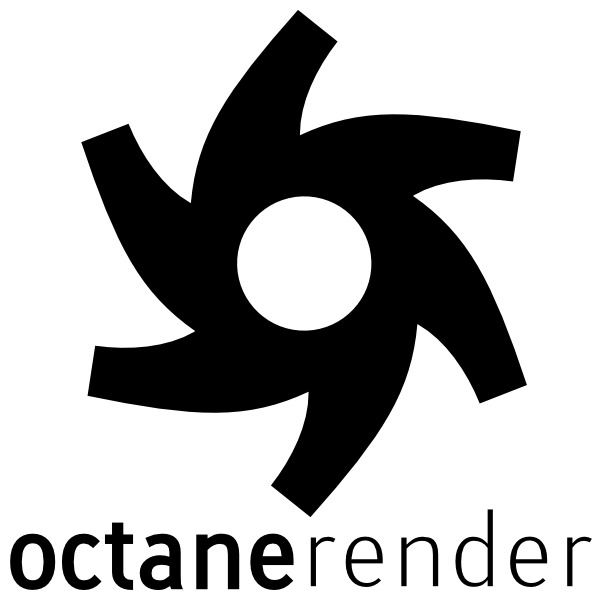
OctaneRender is a GPU-based rendering engine, and as of version 3.08 is compatible with NVIDIA’s Turing graphics architecture in the GeForce RTX 2080 and 2080 Ti cards. Let’s take a look at how these new GeForce models compare to the previous generation.
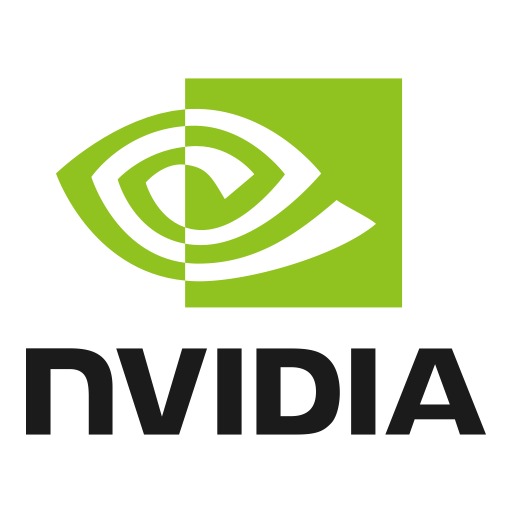
The new GeForce RTX series cards perform well in GPU based rendering, as individual cards, and have great potential for the future thanks to their new RT cores. However, when stacking them together to measure multi-GPU scaling we ran into some serious problems.